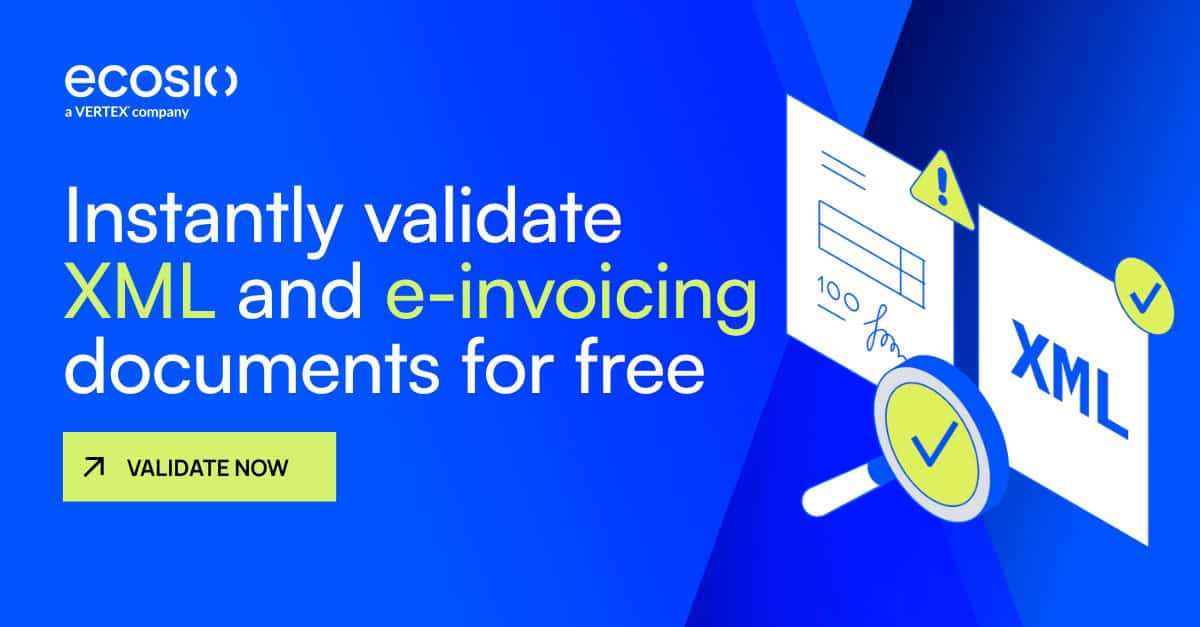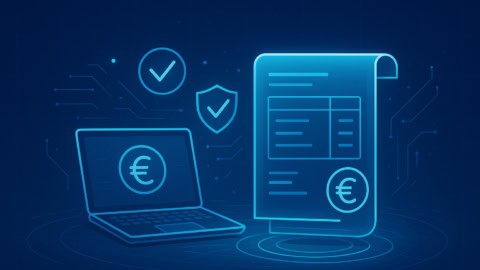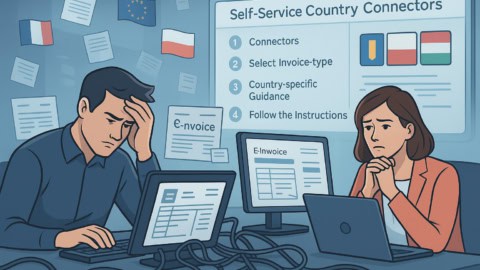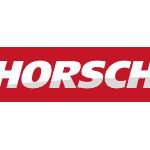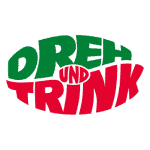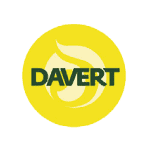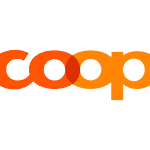TL;DR summary
- The Netherlands has been a European e-invoicing leader since 2009
- B2G e-invoicing has been mandatory for central bodies since 2017, and for all public bodies to receive since April 2019
- The national standard is NLCIUS (Peppol BIS 3.0), aligned with EN 16931
- Suppliers send e-invoices via Peppol, Digipoort, email (XML) or web portals such as Logius
Introduction
Like many EU member states, the Netherlands has introduced a series of e-invoicing reforms to comply with EU Directive 2014/55/EU, ensuring that all Business-to-Government (B2G) procurement uses structured electronic invoices.
In this article, we outline how e-invoicing has developed in the Netherlands, which formats and platforms are required, and how companies can achieve full compliance with Dutch regulations.
The growth of e-invoicing in The Netherlands
The Netherlands has consistently been ahead of the European curve in adopting e-invoicing.
Following the launch of the B2G e-invoicing project in 2009, approximately 40% of Dutch companies were already using e-invoicing by 2011, years before many other European countries.
To improve efficiency and reduce costs (estimated savings of €10 million annually), the government transposed EU Directive 2014/55/EU into national law via the National Procurement Act, effective 1 July 2016.
From 1 January 2017, suppliers to the Dutch Central Administration were required to issue structured electronic invoices only.
By April 2019, all local contracting authorities were required to be able to process e-invoices, and by November 2019, 95% of these bodies were actively using them, with many voluntarily including e-invoicing requirements in their contracts.
How to send e-invoices in The Netherlands
The Netherlands uses the Peppol framework for electronic document exchange. All central government bodies are now connected to Peppol (either directly or via intermediaries).
For sub-central entities, use of Peppol is recommended but not mandatory.
The Netherlands Peppol Authority (NPa), formerly Simplerinvoicing, now operates under the Ministry of the Interior and Kingdom Relations.
Suppliers of non-central public bodies
There are three main ways to send e-invoices:
- Via Peppol: The preferred and most efficient option; requires a connection through a Peppol Access Point provider.
- Via email: XML invoices can be sent as attachments if supported by internal accounting software, though this approach is resource-heavy.
- Via online portal: Manual input through portals (e.g., Logius) for suppliers without EDI or Peppol capability.
Suppliers of central public bodies
Suppliers can send invoices via:
- Peppol (preferred): Using the Organisation Identification Number (OIN) for routing.
- Online portal: Government or third-party portals, such as Logius.
- Digipoort: A direct technical connection suited for large organisations with high invoice volumes and sufficient IT infrastructure.
Standards
The Netherlands supports several e-invoicing formats for public sector transactions, though the NLCIUS (Peppol BIS 3.0) is now the preferred and standardised format.
| STANDARDS | DESCRIPTION | STATUS | |
|---|---|---|---|
| NLCIUS (Peppol BIS 3.0) | The national Core Invoice Usage Specification (CIUS) aligned with EN 16931; implemented on the Peppol BIS 3.0 framework. | Preferred and current national standard | |
| UBL-OHNL | Based on UBL, used mainly for goods and services invoices (excluding temporary staffing). | Largely superseded by NLCIUS | |
| SI-UBL | Subset of UBL, developed under Simplerinvoicing. | Superseded by NLCIUS | |
| SETU (HR-XML) | XML extension of Dutch CIUS for temporary staffing and HR services. | Still used in HR and staffing sector |
What is the NLCIUS?
The NLCIUS (Netherlands Core Invoice Usage Specification) defines the Dutch implementation of the European Standard EN 16931.
It was successfully deployed on the Peppol BIS 3.0 framework, replacing legacy standards such as UBL-OHNL and SI-UBL, and ensuring full interoperability across the Peppol network.
This alignment allows both public and private entities to exchange structured e-invoices efficiently within a unified, compliant framework.
Dutch e-invoicing requirements at a glance
| STANDARDS | IS E-INVOICING MANDATORY? | METHODS OF SENDING | |
|---|---|---|---|
| NLCIUS (Peppol BIS 3.0) | Yes, for central public body suppliers since 1 January 2017 | Peppol via access point (preferred) | |
| SETU (HR-XML) | Conditional – depends on contract for non-central entities | Manual portal (e.g. Logius) | |
| SI-UBL / UBL-OHNL | Supported but being phased out | Email (XML attachment) or Digipoort (for central government) | |
| B2B | No – currently voluntary, with buyer consent required | Peppol or private network |
What is the future of e-invoicing and EDI in The Netherlands?
With a stable and mature B2G framework, the Netherlands is now focusing on broader digital transformation initiatives, especially under the EU’s VAT in the Digital Age (ViDA) programme.
Key developments
- Cross-border B2B mandate (from 1 July 2030):
The ViDA package introduces mandatory e-invoicing and digital reporting for all intra-EU B2B transactions. The Netherlands is developing its national framework to align with this EU-wide deadline. - Domestic B2B reform under review:
The Dutch government’s four-phase roadmap includes ongoing policy research and consultation until 2028. A key decision will be whether to extend mandatory e-invoicing and digital reporting to domestic B2B transactions.
While no domestic mandate has been confirmed, businesses are strongly encouraged to prepare now by adopting structured e-invoicing and EDI solutions compatible with Peppol and NLCIUS.
As the EU moves toward real-time digital VAT reporting, these capabilities will become essential for maintaining compliance and competitiveness.
How ecosio can help
Whether you work with public bodies or private partners, achieving compliance in the Netherlands requires secure Peppol connectivity and support for NLCIUS-compliant formats.
ecosio provides fully managed e-invoicing and EDI solutions that:
- Integrate directly into your ERP system
- Ensure Peppol BIS 3.0 and NLCIUS compliance
- Support Digipoort and XML-based workflows
- Prepare your business for upcoming ViDA digital reporting mandates
For more information on how we can help you meet e-invoicing regulations in The Netherlands and for advice on what practical steps you can take towards automation please contact us. We are always happy to answer questions! More information on ecosio’s e-invoicing solution can also be found here.
Stay up-to-date
Check out our constantly updated e-invoicing in The Netherlands page for a detailed breakdown of the current e-invoicing regulations.
You may also be interested in our bi-monthly e-invoicing updates newsletter in which we detail all major country-specific e-invoicing developments.
Are you aware of our free XML/Peppol document validator?
To help those in need of a simple and easy way to validate formats and file types, from CII (Cross-Industry Invoice) to UBL, we’ve created a free online validator.



